ETH Zurich and Empa researchers develop a nanomaterial which enables considerably more power to be stored in lithium ion batteries.
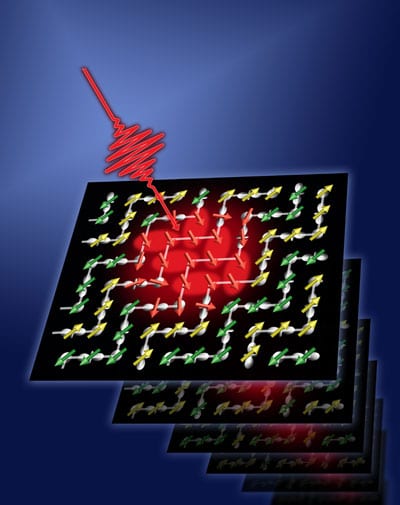
New procedure increases magnetic switching speed x1000
Researchers have found a new way to switch magnetism that is at least 1000 times faster than currently used in magnetic memory technologies.
Georgia Tech team win DARPA contract for chip-cooling technology
Technology is intended to able to handle heat loads as much as ten times greater than systems commonly used today.
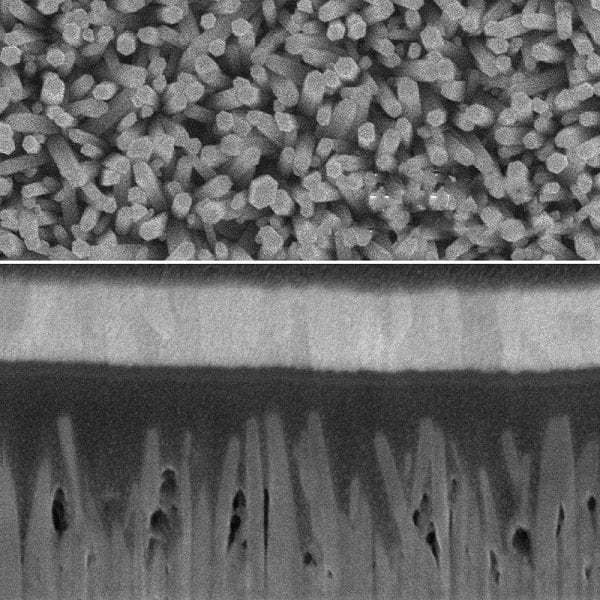
Real advance in quantum dot photovoltaics from MIT
Researchers improve efficiency of quantum-dot photovoltaic system by adding a forest of nanowires.
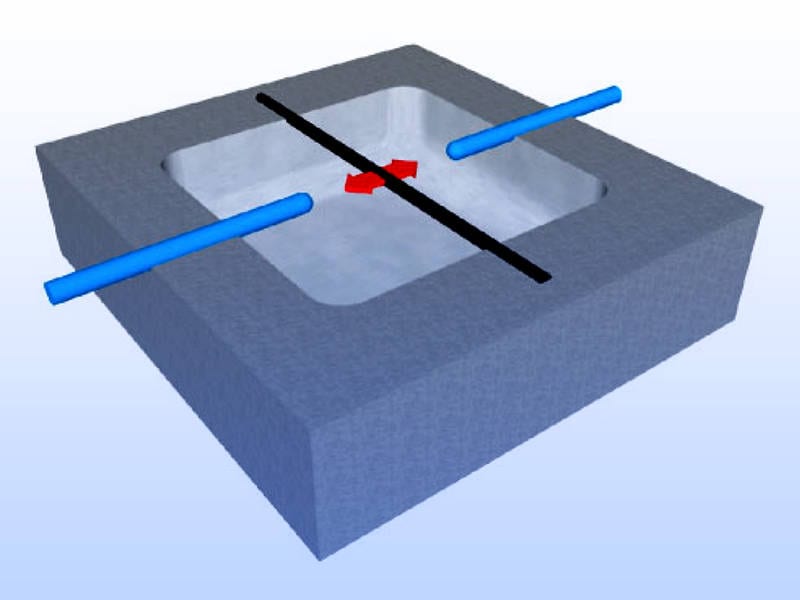
Carbon nanotubes could be the "bits" of quantum computers
Munich-based team show how nanotubes can store information in the form of vibrations.
Paint-on semiconducting polymers
Fabrication method could pave the way for cheaper, greener, “paint-on” plastic electronics.
John A. Rogers receives MRS Mid-Career Researcher Award
Director of Seitz Materials Research Laboratory honored for contributions to stretchable/flexible electronic systems.
New bulk silicon nanosystem for electro-photonic applications
Research enables bulk silicon to emit broad-spectrum, visible light, opening the possibility of devices that have both electronic and photonic components.
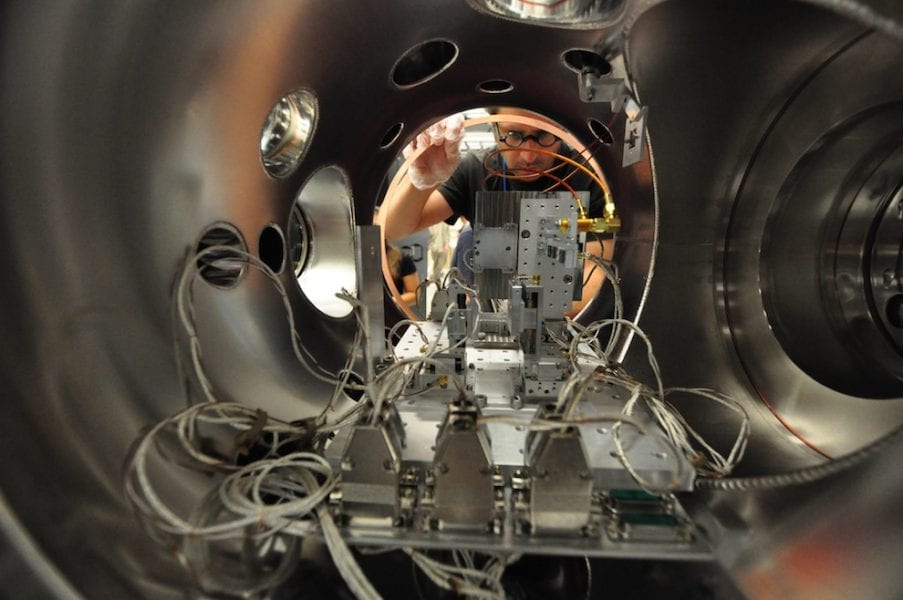
Writing data with an X-ray laser
Using laser light to read and write magnetic data by quickly flipping tiny magnetic domains could help keep pace with the demand for faster computing devices.
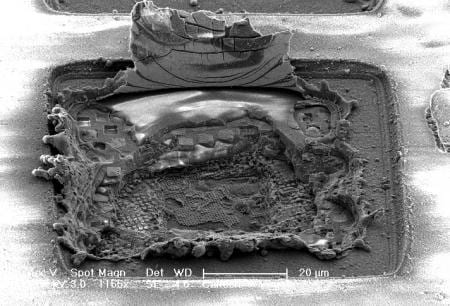
Caltech researchers build self-healing integrated circuits
High-Speed Integrated Circuits laboratory team demonstrated this self-healing capability in tiny power amplifiers.










